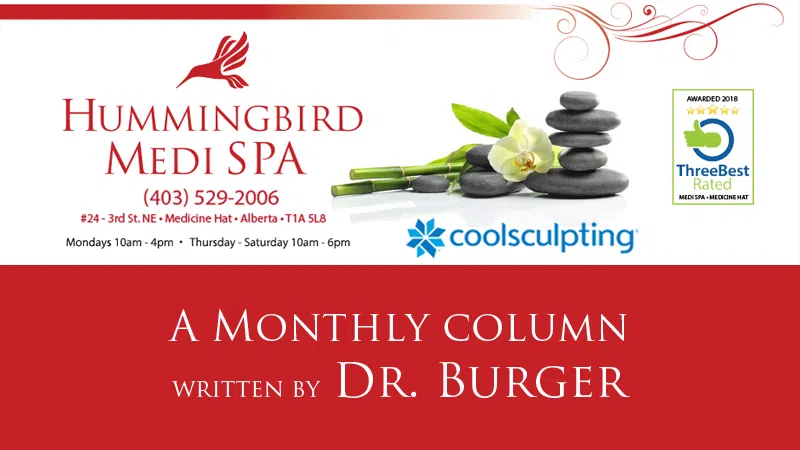
The Good, The Bad and The Ugly Part II
As a continuance of the previous article to help teach consumers about the pitfalls of Cosmetic products, let’s talk about ingredients.
Cosmetic ingredients are scary. The names are long and unpronounceable and it is hard to know which are naturally occurring molecules, and which are manmade. Not everything manmade is “bad” for us; think of Asprin, which is a very old product, and just one of those under your tongue at the right time can save your life if you’re having a heart attack. In the same breath, not everything naturally occurring is good for us; think snake venom and oleander.
Common Cosmetic Ingredients and what they do:
Alcohol: the most common preservative, but it dried out skin. Read the labels of your products. Your toner will feel ‘cooling and refreshing’ due to the evaporating feel of alcohol but will dehydrate your skin. A moisturizer containing alcohol is an oxymoron – it is like driving your car with the parking brake on, with the same product drying out your skin while promising to moisturize it. None of our skincare products should contain any alcohol.
Parfum / Perfume vs Essential Oils: this is the same thing. Parfum is a French name for a mixture of essential oils to create a distinctive pleasing smell. Essential oils are extracts. Concentrated oils from plants – roses, lavender, thyme, citrus – the list is unending. Our skin has an oily outer layer (oil floats on water) that helps keep our skin hydrated – helps keep the water in. Essential oils are oil-based, obviously, and will be absorbed through the oily layer of our skin rapidly and very easily. Hence, the industry of using essential oils to produce a certain effect on the human body – they are very readily absorbed. The problem is that most of these plant extracts will affect and concentrate in the skin’s melanocytes. When UV light (tanning, sunlight) is added to the mixture, the melanocytes overproduce melanin with “sun spots” or hyperpigmentation as the result. The irony here is that most Sunscreens and SPF products are made to smell like heaven (or coconuts on a beach), meaning they are heavily perfumed and then we go lie in the sun with it and wonder how we get age spots when we are using a sunscreen. Again, an oxymoron in the construction of the product – read the labels and use your nose – the more perfumed a skincare product is, the more you want to avoid it. There are sunscreen products available that are scent –free, these are the ones you want to buy.
